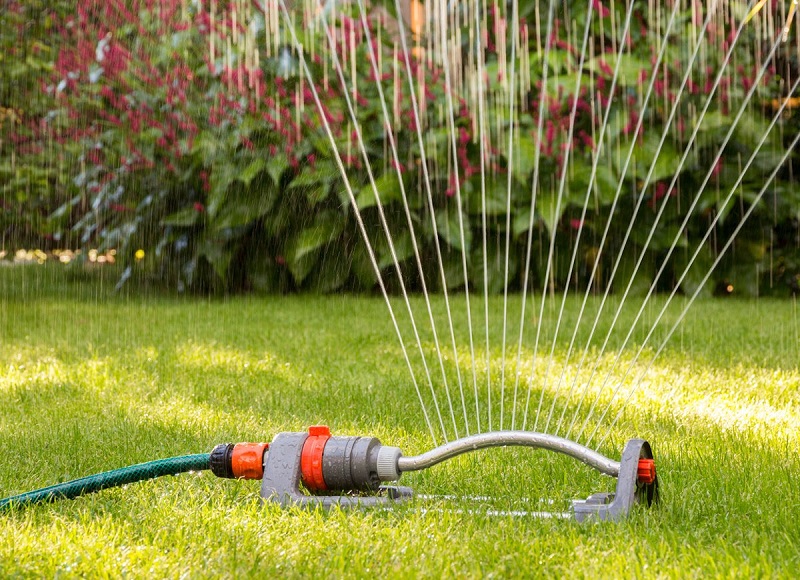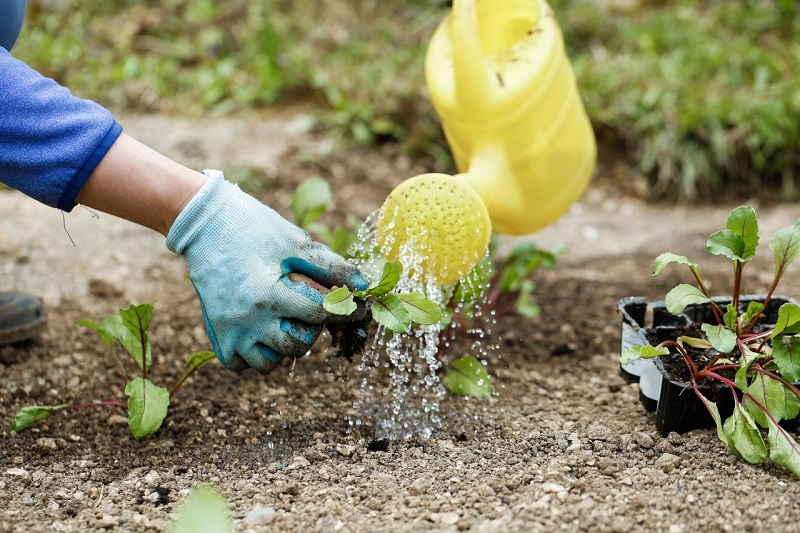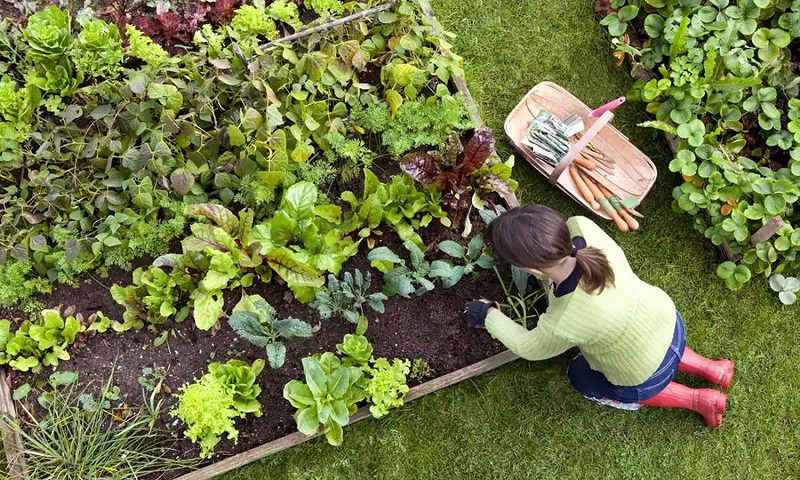Is it hot and dry with a blazing sun? Do your plants in your garden and vegetable patch look miserable? With the 10 tips of ‘I love my garden’, you help the plants in your garden to get out.
1. Let the grass grow…
Leave the lawnmower in the garden shed. Mowing the lawn is not a good idea when planning a hot, dry week; a mowed lawn dries very quickly.
2. Water your lawn but avoid lazy roots
It is better to give your lawn a lot of water from time to time instead of a little every day. So you avoid lazy roots and molds cannot grow. How do you know if you have given enough water? Put an empty glass on the lawn and sprinkle until there is 3 to 4 cm of water in the glass. So you can be sure that the soil is moistened fairly deeply. And remember that a well-fertilized lawn is more resistant to drought. The new Substral All-in-One lawn fertilizer is a superior quality formula that is also used by professionals, among others at golf courses.
3. Protect your patio plants from drying out
If possible, put your potted plants in the shade in case of high heat. Put a saucer under the pots of your plants asking for a lot of water. Take care, when watering, to put water in the saucer, it is a reserve of water so these thirsty plants do not dry out. You can protect potted plants such as hydrangeas by putting them under an umbrella or covering the flowers with a white sheet, so they do not burn in the sun.
4. Choose quality potting soil for your patio plants
For your plants in baskets or on the terrace, the choice of a good quality potting soil is important: thus Substral Potting Soil for Flowering Plants & Geraniums retains moisture longer.
5. Give enough water at the right time
Supplementing with water is the only option if it has not been raining for a long time. Vegetables and plants suffer enormously in dry weather. Start giving water on time, but above all don’t spoil your plants by giving them too much water. Give water when it is really needed, preferably in the evening or early in the morning. This will prevent the water from evaporating and your plants from burning. Make a trench around your plants and pour the water into the trench, you lose less water. Do you use an oscillating sprinkler? Adjust it to the correct area.
6. Water from the ground
Add extra water to the plants in dry weather and preferably water the soil and not the leaves, this will prevent mold from forming on wet leaves. You can, for this, use a microporous tube around your plants.
7. Use a drip system
If you go on vacation, you can, with a drip system, give water to your plants, in the vegetable patch, the garden, or indoors even for 30 days, it all depends on the system. Also very clever for places where you don’t arrive with a garden hose. There are several systems available from your garden center or DIY store.
8. Rainwater
Do you have a lot of plants to water or want to reduce the consumption of city water? A rainwater tank is a practical solution or a water tank is a good option for larger water supply. Not only is rainwater free but it also has many other advantages over city water. Rainwater is sustainable and healthier for your plants. It contains no chlorine and no or very little lime, two things your plants appreciate. Your indoor plants appreciate it too!
9. Prune
Do not prune evergreen plants yet. The bright sun could burn and brown the leaves.
10. In summer, use a layer of mulch
A layer of mulch around the base of your plants helps keep the roots cool; also the humidity is better preserved in the soil. Plants are thus more resistant to diseases. First water the soil well and then put the layer of mulch, at least 5 cm thick. For mulch, you can use potting soil, Aqua Control bark, or cocoa shells. You thus achieve a triple success: you protect against drought, you feed the soil and you avoid the growth of weeds. In the vegetable garden, Nature’s hemp straw is very practical to use.
You may also like to read- http://aliceswonderlandnursery.com/












